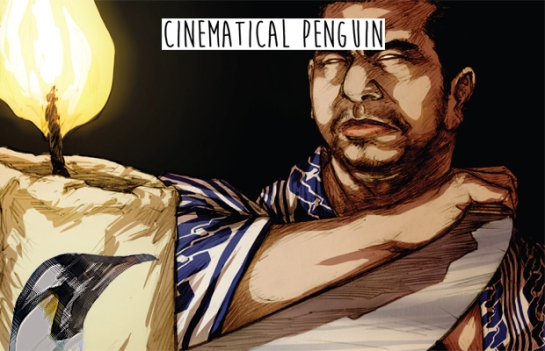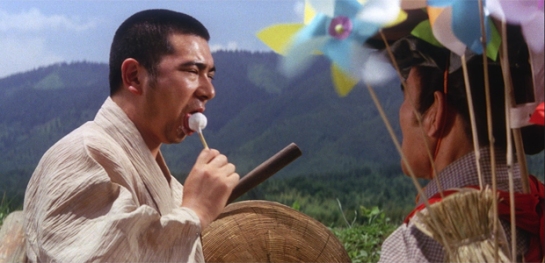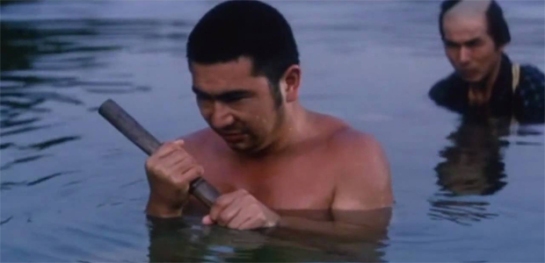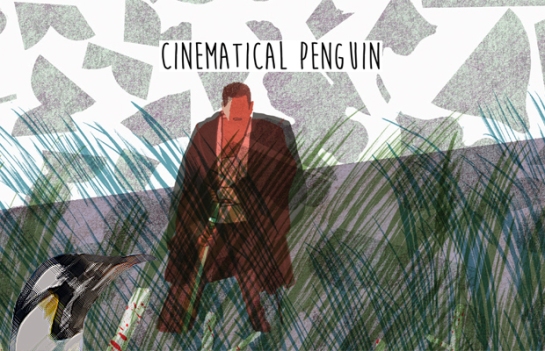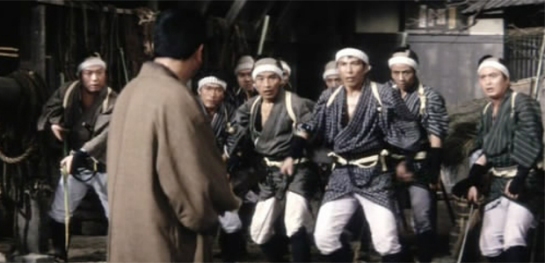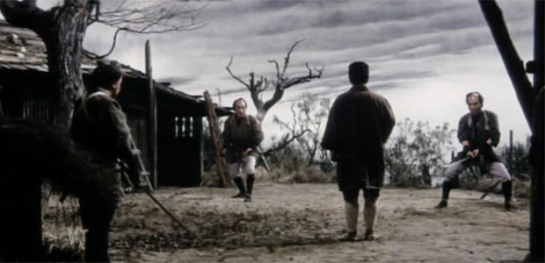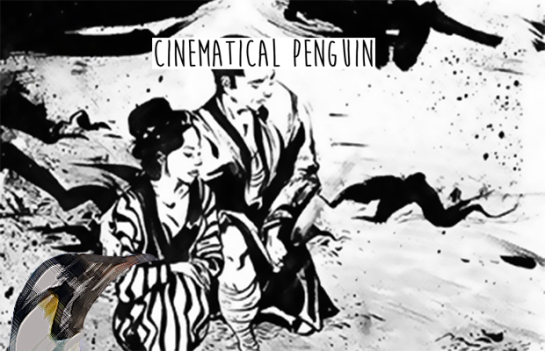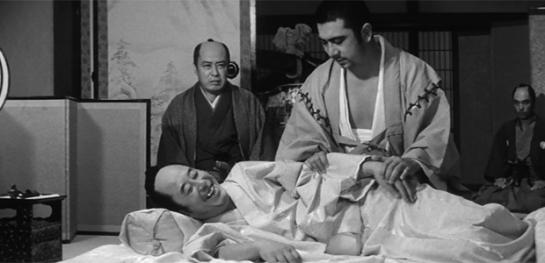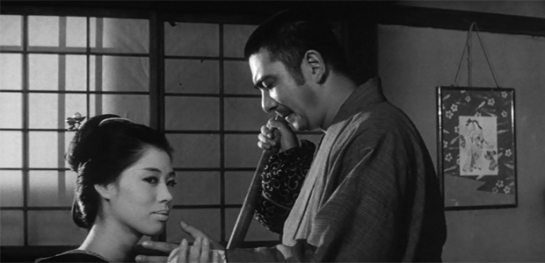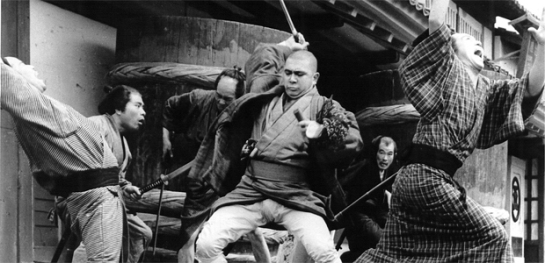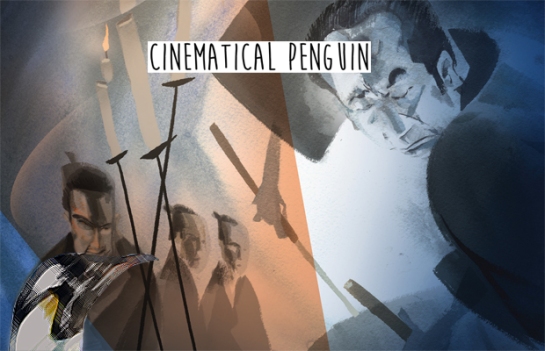 New Tale Of Zatoichi
New Tale Of Zatoichi
Year: 1963
Director: Tokuzo Tanaka
Writer: Minoru Inuzuka (based on a short story by Kan Shimozawa)
Starring: Shintaro Katsu, Mikiko Tsubouchi, Seizaburo Kawazu, Fujio Suga, Tatsuo Endo, Mieko Kondo, Yutaka Nakamura, Kanae Kobayashi,
New Tale Of Zatoichi signified that Daiei Studios were now taking the franchise very seriously, and splashed out on shooting the third instalment in colour. Best of all though, is that the colour doesn’t arrive as a gimmick. Nothing is overplayed in terms of set design, costumes, or garish looking blood, but instead the cinematography remains dark in keeping with Zatoichi’s demeanour. You even begin to forget that the first two films weren’t in colour due to its natural use here, thanks to cinematographer Chishi Makiura. The colour does add extra artistic emphasis to a beautifully shot world, and unlike some franchises (most notably Godzilla) the colour doesn’t begin to draw attention to the film’s age. But then again, Zatoichi doesn’t have giant monsters portrayed by men in suits…unfortunately.
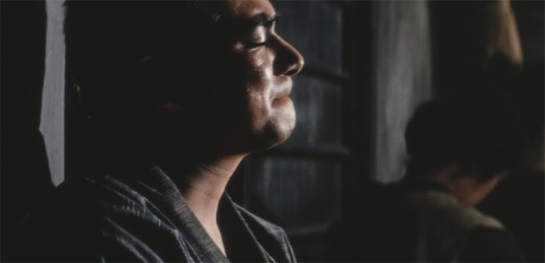
The plot is more complex than the previous two entries, as it gives us a follow on from the second instalment, as well as tying things back to Zatoichi’s past. Kanbei’s brother, Yasuhiko (Suga), looks for revenge for the murderer of his brother, but this isn’t any normal revenge. Yasuhiko doesn’t particularly care about his brother’s death, but is just insulted that a family member was slain by a blind man. Yasuhiko is also not exactly a great swordsman as many of Zatoichi’s rivals are, meaning that Yasuhiko is kept safe by Zatoichi’s calm and disdain for violence. Meanwhile Zatoichi meets his old master, Banno (Kawazu), who takes him in and reminisces over old times.
The relationship between Zatoichi and Banno is key here and is also beautifully written. From the outset of the film we are shown that these are tough times for all involved, and so it is Banno’s corruption that gradually becomes a tragic story element. He is the wise old master that we have come to assume means he is respectable, loyal, wise, and overall good. Unfortunately for Banno and Zatoichi, pride drives Banno’s behaviour in the wrong direction. Zatoichi on the other hand is trying desperately to give up the life of a sword wielding masseur, but trouble always finds him as his past catches up with him again and again. Although he considers his blindness as his punishment, the truth is that Zatoichi must roam the earth in search of wrongs to set right.
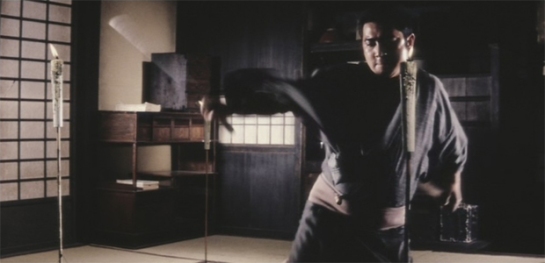
New Tale Of Zatoichi sticks close to the formula of the first films, but adds enough new directions to maintain the enjoyment and engrossment. In some respects it gives us almost too much of Zatoichi’s past, but at the same time it gives him the drive he needs to realise his place in the world. Another failed romance, made extra tragic by Zatoichi’s willingness to settle down, also runs throughout in a film which shows good men turn bad and bad men try and turn good, with a society that works as a catalyst for both outcomes. Another triumphant entry.

Will I enjoy it?
Those against black and white are now catered for with the use of colour. It is slower than the previous two films, and also focuses a lot more on Zatoichi’s past. The action still exists though. The film could, theoretically, stand on its own as all major plot points are at least discussed here. Fans of the series shouldn’t have any problems, unless it’s the actual mystery behind Zatoichi that they found most appealing.



